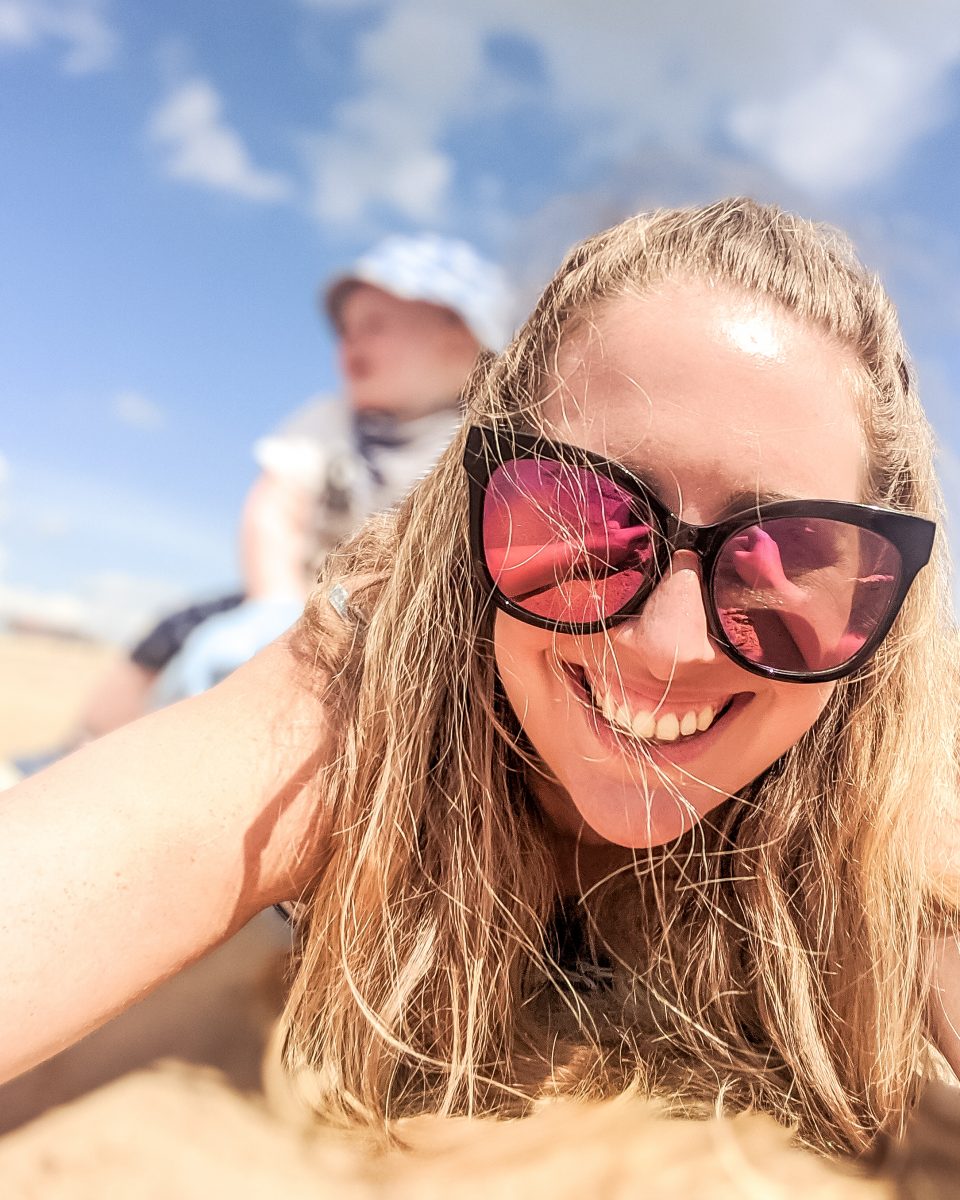
Can You Drink Tap Water in Sardinia?
Sardinia, the stunning Mediterranean island known for its crystal clear waters and breathtaking beaches, is a popular destination for travelers from around the world. However, when it comes to drinking water, many visitors may have concerns about whether tap water in Sardinia is safe to consume. In this article, we will explore the quality of Sardinia’s tap water, the health implications of drinking it, and the alternatives available to tourists.
Understanding Sardinia’s Water Source
Before delving into the safety of tap water in Sardinia, it is important to understand where the water comes from. The island relies on a combination of natural springs and desalination plants to provide its residents and tourists with water for daily use.
The Natural Springs of Sardinia
Sardinia is blessed with an abundance of natural springs, which are responsible for a significant portion of the island’s drinking water supply. These springs are fed by underground reservoirs and offer a sustainable and renewable source of fresh water. The water from these springs is generally considered safe for consumption, as it goes through minimal processing.
One of the most famous natural springs in Sardinia is the Su Gologone spring, located in the Supramonte mountain range. This spring is known for its crystal-clear water, which is rich in minerals and has a refreshing taste. The Su Gologone spring not only provides water for local communities but also serves as a popular tourist attraction, drawing visitors who seek to witness the purity of Sardinia’s natural water sources.
The Role of Desalination Plants
In addition to natural springs, Sardinia also relies on desalination plants to meet the water demands of its growing population and thriving tourism industry. These plants extract salt and other impurities from seawater, making it suitable for drinking and other domestic purposes.
The largest desalination plant in Sardinia is located in the coastal town of Arbatax, utilizing state-of-the-art technology to convert seawater into clean, potable water. This plant plays a crucial role in ensuring a stable water supply, especially during the dry summer months when natural springs may experience lower water levels. By combining the natural abundance of springs with advanced desalination processes, Sardinia can maintain a reliable and safe water source for its residents and visitors alike.
The Quality of Tap Water in Sardinia
With the understanding of Sardinia’s water sources, let us now examine the quality of tap water on the island.
Sardinia, known for its pristine beaches and crystal-clear waters, also boasts high-quality tap water that is safe for consumption. The island’s water sources, including natural springs and desalination plants, play a crucial role in providing residents and tourists with clean and safe drinking water.
Water Treatment Processes in Sardinia
Before reaching consumers’ taps, the water from both natural springs and desalination plants undergoes treatment processes to ensure its safety and quality. These processes involve filtration, chlorination, and other disinfection methods to eliminate harmful bacteria, viruses, and contaminants. Sardinia’s water treatment facilities adhere to strict standards set by the government, ensuring that the tap water is safe to drink.
Additionally, Sardinia’s water treatment plants prioritize sustainability and environmental responsibility in their operations. They employ advanced technologies to minimize water wastage and energy consumption, contributing to the island’s efforts in promoting eco-friendly practices.
Government Regulations on Water Quality
The Sardinian government prioritizes the health and well-being of its citizens and visitors, and as such, it has established regulations to guarantee the quality of tap water. Regular testing and monitoring are conducted to ensure that the water supplied to households and establishments meets the highest safety standards.
Furthermore, the government collaborates with local communities and environmental organizations to raise awareness about water conservation and the importance of preserving Sardinia’s water sources. Through educational campaigns and community initiatives, efforts are made to ensure the long-term sustainability of the island’s water supply for future generations.
Health Implications of Drinking Tap Water in Sardinia
Drinking tap water in Sardinia does not pose significant health risks for the majority of consumers. However, it is important to be aware of potential issues that may arise.
When it comes to the quality of tap water in Sardinia, the region generally meets the standards set by the World Health Organization (WHO) for safe drinking water. The water is sourced from natural springs and undergoes rigorous testing to ensure it is free from harmful contaminants. Despite these measures, it is always recommended to stay informed about any potential water advisories or alerts that may be issued from local authorities.
Common Waterborne Diseases and Their Prevention
Like any other destination, Sardinia is not immune to waterborne diseases. While the risk is relatively low, it is advisable to take precautions to prevent illnesses caused by consuming contaminated water. These precautions include using water filters or purifiers and practicing good hygiene, such as washing hands with soap and using sanitizing solutions when necessary.
Furthermore, it is essential to be mindful of the source of water when dining out or consuming beverages in public places. Opting for bottled water from reputable brands can provide an extra layer of assurance, especially for individuals with sensitive stomachs or weakened immune systems.
The Impact of Hard Water on Health
Sardinia’s tap water, particularly in certain regions, can be classified as hard water due to its high mineral content. While hard water is generally safe for consumption, it can have an impact on health, particularly for individuals with certain medical conditions. People with kidney problems or a history of urinary tract stones may want to consult with their healthcare provider regarding the potential effects of consuming hard water.
It is worth noting that the mineral content in hard water can sometimes lead to a buildup of scale in household appliances like kettles and coffee makers. Regular maintenance and descaling can help prolong the lifespan of these devices and ensure they function efficiently over time.
Bottled Water vs. Tap Water in Sardinia
While tap water in Sardinia is generally safe, some travelers may still choose to opt for bottled water. Let’s evaluate the merits of each option.
When it comes to the choice between bottled water and tap water in Sardinia, it’s essential to consider not only the immediate convenience but also the long-term impact on the environment and local communities. By delving deeper into the nuances of this decision, travelers can make informed choices that align with their values and priorities.
Environmental Impact of Bottled Water
Choosing bottled water over tap water can have detrimental effects on the environment. The production, transportation, and disposal of plastic bottles contribute to pollution and waste. In a region as pristine and ecologically diverse as Sardinia, the consequences of single-use plastics can be particularly stark. By opting for tap water, visitors can reduce their ecological footprint and contribute to sustainable practices. Additionally, supporting local initiatives for clean water access and conservation can further enhance the environmental stewardship of travelers in Sardinia.
Cost Comparison: Bottled Water vs. Tap Water
Another advantage of tap water in Sardinia is its cost-effectiveness. Bottled water can be considerably more expensive, especially for long-term visitors. By utilizing the readily available tap water, travelers can save money and allocate their resources to other experiences during their time on the island. This financial efficiency not only benefits individual travelers but also fosters economic sustainability within local communities by promoting the use of existing infrastructure and resources.
Tips for Tourists: Drinking Water in Sardinia
For tourists visiting Sardinia, here are some helpful tips for navigating the drinking water situation:
Safe Practices for Drinking Water While Traveling
Regardless of the destination, it is always wise to adopt safe practices when consuming water outside of the familiar confines of home. This includes verifying the quality of tap water in the specific area of stay, using trusted water sources, and using a water bottle with a built-in filter for added protection.
Moreover, it’s essential to be mindful of the environmental impact of single-use plastic bottles. By opting for reusable water bottles and utilizing refill stations, travelers can reduce plastic waste and contribute to the sustainability efforts on the island.
Where to Find Safe Drinking Water in Sardinia
Sardinia offers various alternatives for accessing safe drinking water. Besides tap water from accommodations, public fountains located throughout the island provide freshly sourced, safe drinking water. It is a convenient and eco-friendly option for visitors to refill their bottles while exploring the picturesque streets and attractions of Sardinia.
Additionally, many restaurants and cafes in Sardinia are happy to provide patrons with a glass of potable water upon request, further promoting sustainable practices and ensuring visitors stay hydrated during their travels.
With a better understanding of tap water in Sardinia, travelers can confidently make informed decisions about their drinking water choices. While the island’s tap water is generally safe, it is crucial to stay aware of any potential health implications and take appropriate precautions. By balancing personal preferences, cost considerations, and environmental impact, tourists can enjoy their Sardinian experience, staying hydrated and healthy.







